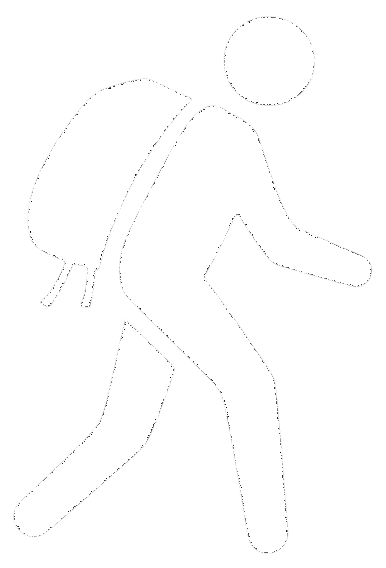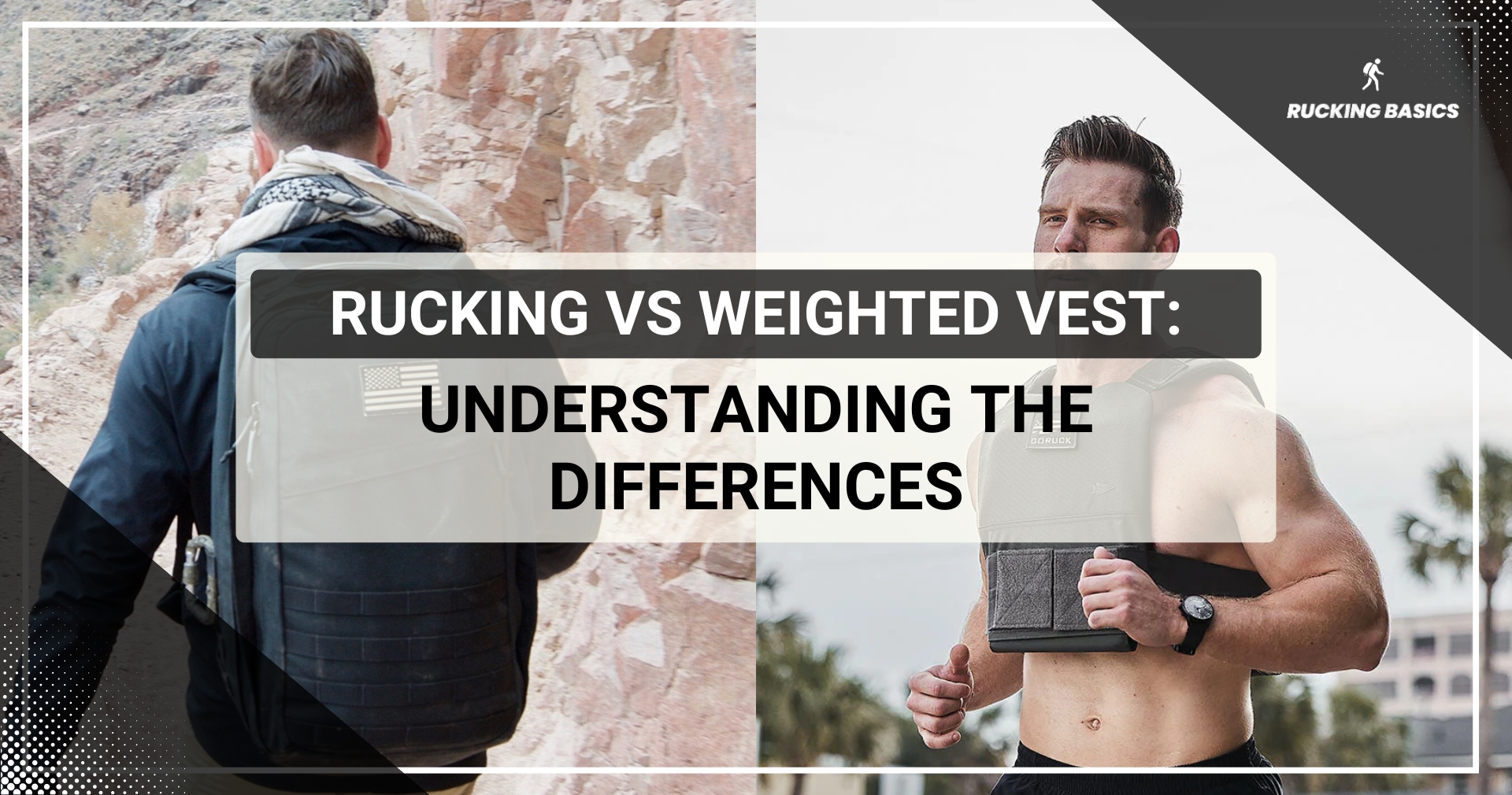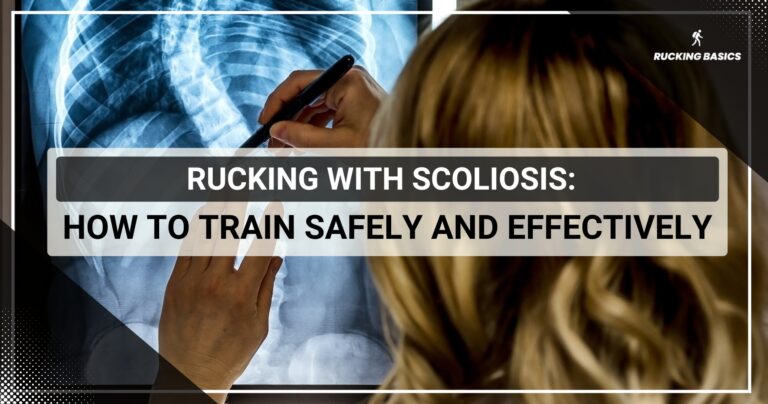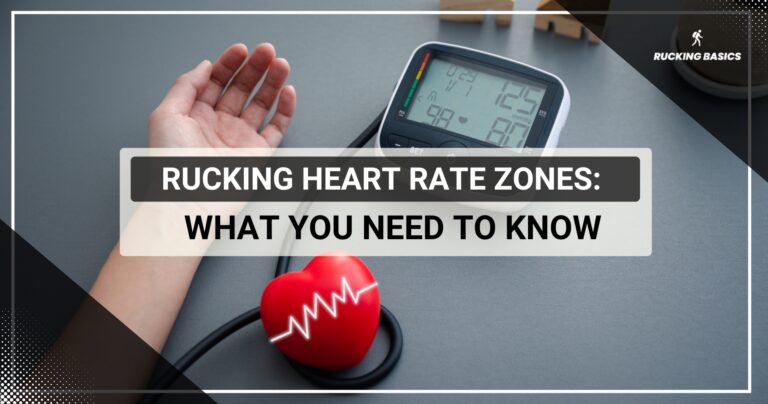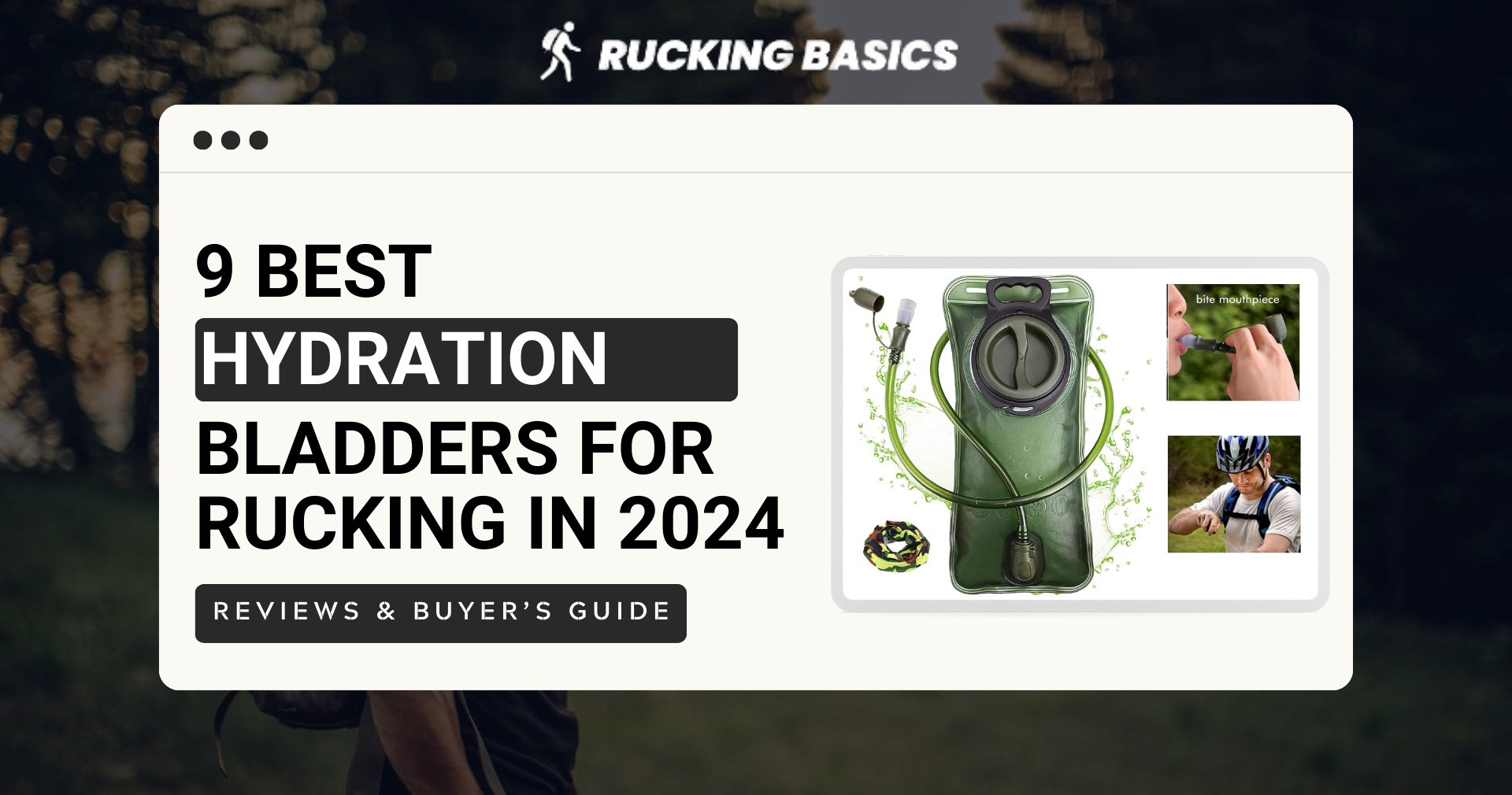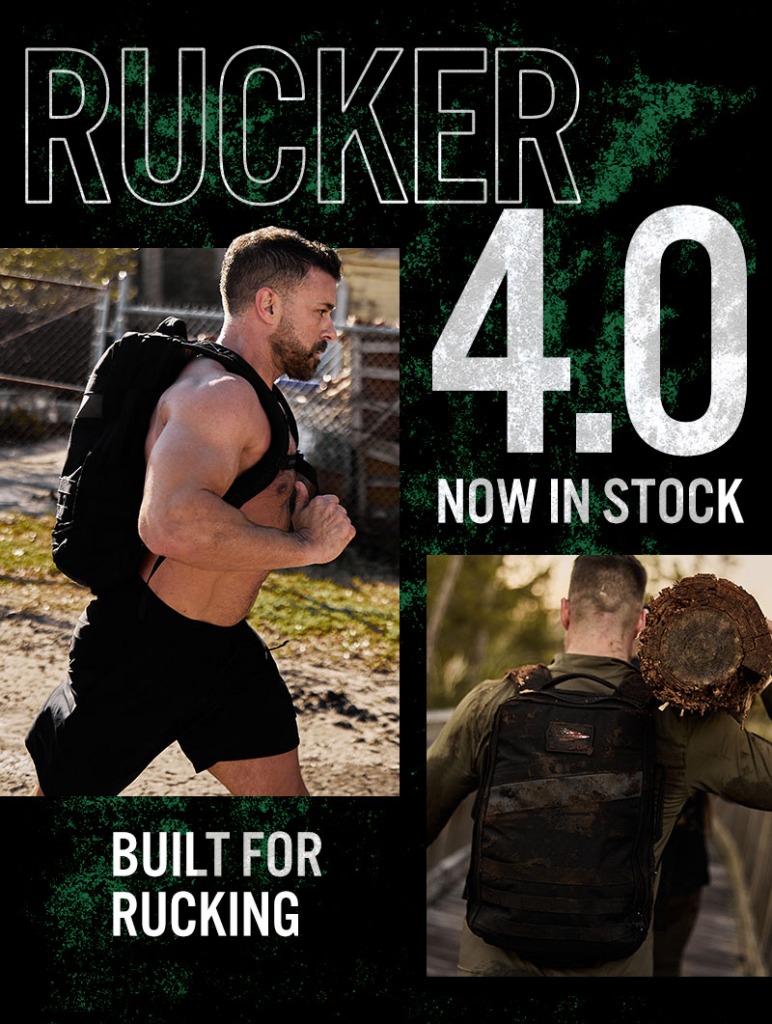Even if you are familiar with fitness, finding the most effective training method for yourself is never easy. In most cases, you have to try several different approaches before you can say that a certain one suits you perfectly.
Clients often ask me if I prefer rucking or weighted vest training. While seemingly similar, each approach has unique features, benefits, and drawbacks for diverse fitness goals and preferences.
To save you time, let’s analyze the nuances between these two functional training modalities and discover which one best aligns with your fitness aspirations.
What Are the Benefits of Rucking and Weighted Vest Training?
Functional training keeps gaining popularity constantly, which you can especially see on platforms like Instagram, where many fitness influences post.
Some of them will tell you that functional training is the greatest physical activity you can do. I wouldn’t go as far, because that topic is much more complicated.
However, it goes without saying that functional training is wildly beneficial. Rucking and weight vest are great examples of functional training so let’s take a look at their shared benefits.
Improves Quality of Day-to-Day Life
Functional training aims to mimic the movements of our everyday lives in order to improve our ability to perform or even excel at everyday chores, tasks, and activities.
For instance, while we rarely ever pick things up with perfect deadlifting form, there’s a significantly lower chance of a back spasm when we bend over to lift something off the ground if we deadlift on a weekly basis using free weights or weighted vest.
But it’s not just that. Functional training, even something as simple as rucking, can improve our physical and mental health, both of which are directly responsible for the quality of our day-to-day lives. (1)
Strengthens the Core
Since functional exercises are mostly compound in nature, they engage multiple groups of muscles simultaneously. You can isolate biceps, for example, when rucking or doing a weighted vest workout.
As such, the core receives a lot of love, either through specific stability exercises such as planks or through second-hand engagement from movements like squats, rucking fast, or deadlifts.
This consistent and comprehensive core activation not only builds strength in the abdominal and back muscles but also enhances the body’s overall functionality. This results in less frequent pains (especially in the lower back), better stability and balance, easier movement, and potentially even better posture, although the latter is up for debate. (2)
Enhances Mobility and Flexibility
If there’s one drawback to regular strength training, it’s the lack of emphasis on mobility and flexibility, which are crucial for a well-rounded fitness regimen.
Rucking and similar activities, on the other hand, incorporate a wide range of motion in its exercises, which substantially improves joint mobility and muscle flexibility.
This enhances your ability to perform everyday activities with ease and also reduces the risk of injuries and aids in performing exercises with proper form and efficiency. It also helps you scratch your own back or touch your toes.
Helps Recover and Lowers the Risk of Injury
While it’s true that pretty much any form of physical activity can lower the risk of injury, functional training goes a step further — particularly in the context of rehabilitation.
Functional training strengthens muscles and enhances joint stability, mobility, and coordination by mimicking everyday movements and activities. That’s the basic premise and the reason why I recommend mild rucking to my clients who are recovering.
This principle is also evident in rehabilitation, where the goal of functional training and physiotherapy is not just to get stronger but to recover from injury and prevent future ones.
Differences Between Rucking and Weighted Vest
Now that we’ve gone over the benefits, it’s time to analyze the differences.
Although rucking and weighted vests have many similarities, I wouldn’t write an article about rucking versus weighted vests if there were not many differences. In general, no two physical activities are exactly the same, not even when seemingly very similar, for example, tennis and padel.
I singled out the four most important categories.
Strength and Muscle Building
I know that muscle building is not the primary goal of most of you, but muscle building (if done in a healthy way) is only a consequence of training and improving strength. Strength is obviously not only used for lifting weights, but for many daily activities at all ages.
Core activation is integral to weighted vest training and rucking, and I already discussed it in the benefits section.
Both the upper and lower body benefit from weighted vest and rucking, but there is a difference in which way.
Weighted vest training facilitates targeted engagement of upper body muscles through exercises like push-ups, pull-ups, and dips. It is certainly much more similar to what you do in the gym than rucking. I’m not saying that rucking doesn’t engage the upper body to a certain extent, particularly the back and shoulder muscles. Still, it’s certainly not the same, so a weighted vest is the winner in upper-body engagement.
The situation is reversed when we talk about the lower body. You can do squats, lunges, and calf raises with a weighted vest. Yet, chances are high that you won’t be able to carry enough weight in the weighted vest to really stimulate the quadriceps, hamstrings, glutes, and calves, promoting muscular hypertrophy. Rucking places much bigger emphasis on lower body muscles, because you will overcome challenging terrain carrying loads for hours.
Cardiovascular Health
Improving cardiovascular health is crucial for endurance, oxygen uptake, and heart function, all of which are addressed through weighted vest training and rucking. There is no doubt that the weighted vest is also good for cardiovascular health. Still, the cardiovascular health benefits of rucking are even more significant because it integrates dynamic, full-body movements that challenge the cardiovascular system and promote sustained aerobic capacity.
When we talk about cardio exercisers, weight loss is often the focus. It is difficult to determine who will win these two activities. The main reason I can’t say that is that I don’t know the pace of your weighted vest workout and ruck march. Both activities can be very fat-burning and also not fierce enough.
Rucking builds more stamina and endurance due to the duration of the activity (usually several hours). We should not forget the mental side, where rucking way more challenges and trains your mind as much as your body.
Budget
Rucking is more expensive. This does not necessarily mean that rucking is more expensive in the long run. However, the initial investment is definitely higher when you start rucking.
First, you need to buy a high-quality rucking backpack, an investment of at least $150. Next, all terrain rucking shoes are equally important, and there are also smaller expenses such as socks, hydration bladder, moisture-walking clothes, and other rucking accessories.
On the other hand, all you need for daily workouts is a training weight vest with a proper weight capacity and ruck plate.
So as the battle between the ruck pack vs weighted vest goes on in your mind, I want to emphasize that both offer long-term value in terms of physical fitness, but also enjoyment, so the investments are well-worth.
If you’re considering an option that balances durability, comfort, and functionality, check out this Centr Rucksack review.
Our Top Pick For Rucking Or Weighted Vest Training
There are a lot of rucksacks and weighted vests on the market. So to help make your decision a little easier. Here is what our team most frequently recommends.
GORUCK Rucker 4.0 Rucksack
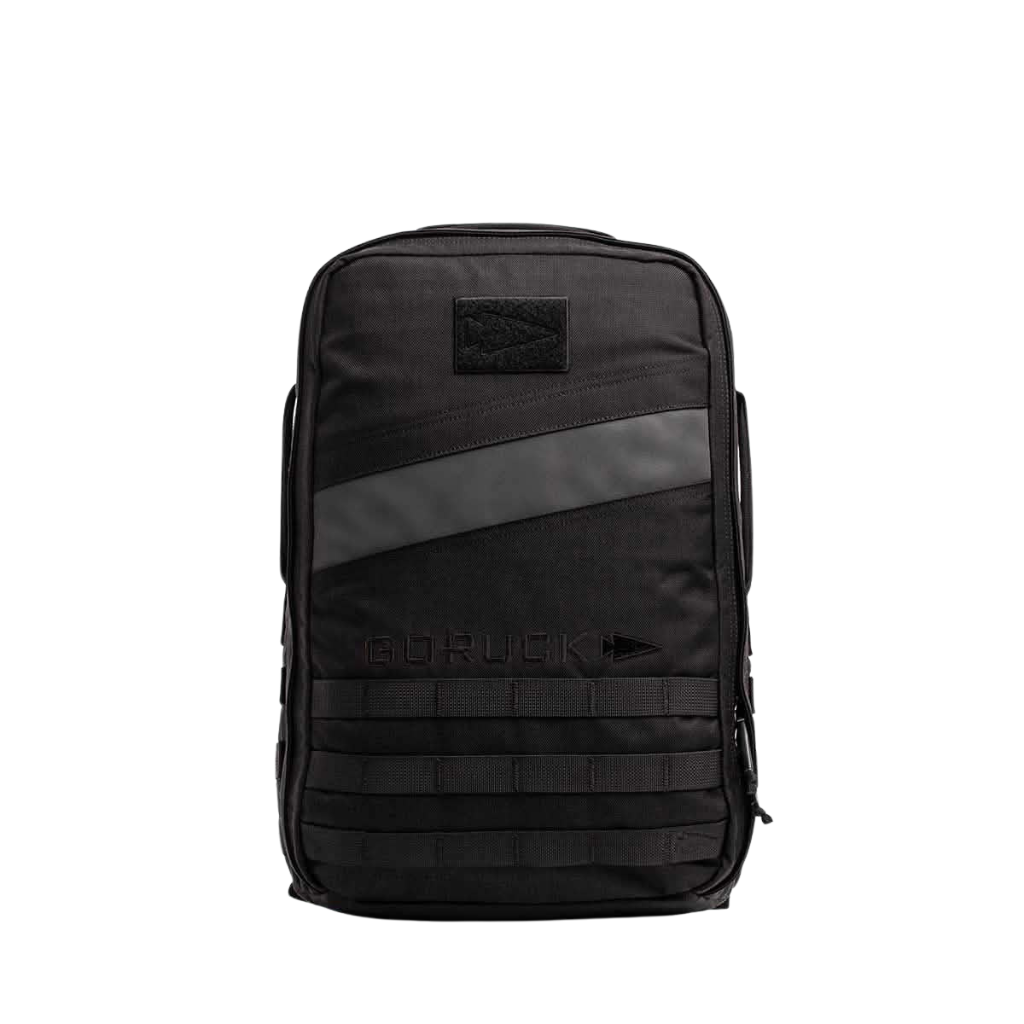
Purpose built for rucking with an elevated pocket designed for Ruck Plates, reinforced construction, extra padded straps and multiple handles, making it a versatile training tool.
GORUCK Training Weight Vest 2.0
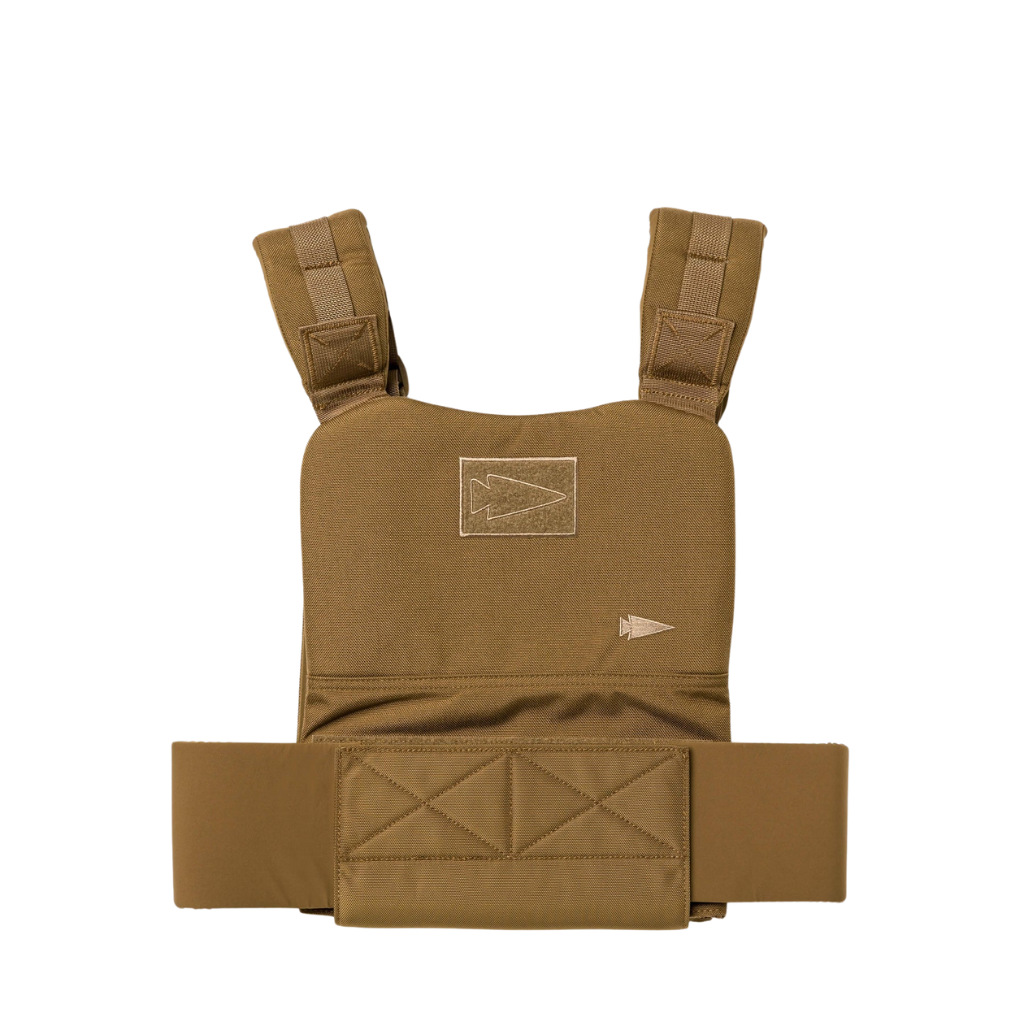
Contoured shoulder straps for superior comfort under load, curved front plate pockets for a better fit, and skin-friendly materials for shirtless use, and compatibility with up to 2x 30 LBS plates.
Conclusion
When it comes to a weighed vest vs rucking, I can’t decide for you — choosing a rucking, a weighted vest, or both is up to you.
In my experience, both are undoubtedly healthy and beneficial activities. Nevertheless, I would recommend rucking because of its special forces roots plus gym workouts before a weighted vest to most of my clients.
Anyhow, you are now equipped with knowledge, and I am sure you will make the best possible decision.
Enjoy your next activity!
Frequently Asked Questions
How can I determine the right weight to use for rucking?
Fitness level, experience, and training goals are the primary factors to consider before determining the appropriate weight for rucking. It’s essential to start with a manageable weight that challenges you without causing discomfort or compromising your form. Consider starting with around 15% of your body weight and gradually increasing as you see you can ruck faster.
Can wearing a weighted vest all day negatively affect posture or spinal alignment?
Apart from the immediate pain and minor strain, wearing a weighted vest for a whole day won’t do any harm. But if you wear a weighted vest for extended periods constantly, it can potentially lead to negative effects on posture and spinal alignment, if you are not strong enough. You have to ensure the vest fits properly and distribute the weight evenly to minimize discomfort and maintain proper posture.
What are some alternative uses for a weighted vest outside of exercise?
Beyond exercise, a weighted vest can serve various practical purposes in daily life. You can wear it when gardening or walking the dog to add resistance and enhance calorie burn. However, I think that it is not very effective and that the benefits are minor. Additionally, weighted vests can be used for sensory integration therapy or as a calming aid for sensory processing disorders, but again, there are no peer-reviewed studies that confirm this.
How does rucking compare to other forms of cardio exercise, such as running or cycling?
Rucking is a unique blend of cardiovascular and strength benefits compared to traditional cardio exercises like running or cycling. While running and cycling primarily focus on cardiovascular endurance, rucking incorporates resistance training elements, engaging various muscle groups. On top of that, rucking is a low-impact alternative to running, making it accessible to individuals with joint issues.
Can rucking or using a weighted vest help improve athletic performance in specific sports or activities?
Both rucking and using a weighted vest can complement athletic performance in sports by enhancing strength, endurance, and overall fitness levels. For example, athletes in sports such as football, basketball, or CrossFit may benefit from the functional strength and endurance gained through rucking or weighted vest exercises. But I must warn all coaches and players that nothing can improve performance like sport-specific exercises and activities.
References
- Fibbins H, Ward PB, Watkins A, Curtis J, Rosenbaum S. Improving the health of mental health staff through exercise interventions: a systematic review. J Ment Health. 2018 Apr;27(2):184-191. doi: 10.1080/09638237.2018.1437614. Epub 2018 Feb 15. PMID: 29447044.
- Bayartai ME, Ferreira PH, Pappas E, Pinheiro MB, Dambadarjaa B, Khuyagbaatar E, Sullivan J. Genetic and environmental effects on lumbar posture, flexibility and motion control in healthy adults. Musculoskelet Sci Pract. 2020 Dec;50:102253. doi: 10.1016/j.msksp.2020.102253. Epub 2020 Sep 4. PMID: 32920227.
